Here at The Bullvine, we have the opportunity to hear and read about many new and exciting dairy topics. We take sharing these as our responsibility to our supporters to help the industry move forward. We encourage our readers to go beyond their current approach, situation, or mindset and consider how to create the future.
But Things are not Always Positive
That’s a fact of life. The Bullvine writers also encounter dairy folks that look back to the good old days which, by the way, weren’t so good and we’ve heard that song before, and that is definitely today’s old news.
Just this week I heard from a few sources how their chosen breed of dairy cattle used to be longer lived, were pure, had greater market share and had higher component percentages. They reminisced about how buyers lined up to buy bred heifers at the farm. In those good old days, heifer rearing was a net income source, and there was demand for any and all progeny of a Grand Champion. Then the whining started about how genetic indexing has ruined the breed. …. And on …. And on.
So, I asked myself the next question …”Am I missing something or have these good folks not kept up with the times?”
Leave the Past Behind
Nothing is so passé as old ways or old technology. Who would want to go back to party line telephones or having to pay $1.25 for three minutes to talk to you cousin fifty miles away?
Which dairy cattle breeder would want to go back to cows that only milked seven months after calving? Or having to hand milk five cows before you went to school? Or having to hand load mowed dry hay in the field and then pitch it off into the mow?
Times have changed for everything, whether we’re talking about businesses, consumer food demands or society. So too have farming practices and so must our breeds and breed societies change. The cows of the last century and the rules, regulations, and programs of breeds from then will not take us forward into the future.
Yes. We need to stop revering the past. It’s time to stop using old methods, practices, and programs. We’re getting down to the wire, and it’s time to put significant effort into creating the road ahead for our cattle breed organizations.
What’s Involved?
Even though we have new and expanded information on our animals, everything still revolves around leadership. The people leading and working for our breed organizations will make the difference in the future.
New ideas, new technology, new programs, new services, … all these need a serious re-consideration.
The People Side
Here are some Bullvine thoughts for breeders to consider:
- Elected Leaders
It is 2017 and breeders need to elect leaders that are prepared to focus on setting direction, establishing dynamic policies and ensuring breed organization financial health. Breed Boards of Directors need to follow the much talked about practice of removing two regulations for every new one added. Boards need to eliminate out-of-date or little-used programs and services. Culling at breed offices, like herd culling, is important.
Our elected leaders need to be actively involved in the industry and forward looking. The best of these leaders will not be able to take the time to leave their farms for days on end but in this virtual world committees or task forces can take an hour once a week to discuss concepts and make recommendations for staff to develop further and bring back reports. Electronic committee reports or recommendations can be shared with the Board for feedback and fine-tuning so the Board approval can occur without the need for a Board to meet face-to-face. Breeders are familiar with these concepts of time use and duty allocation. That is how their successful farms operate.
Boards of Directors need to identify one area a year where breed members can be served by the breed by collaborating its efforts or services with another organization. In many cases, the breeders will be better served.
Elected directors will need their own local breeder advisory group with which they routinely virtually share information, ideas and questions. Hard copy and quarterly meetings no longer get the messages exchanged completely enough.
Breeders will find it a breath of fresh air when they elect progressive visionary leaders to their breed board of directors. Directors will find that their time is well spent in moving the breed - Employed Leaders
The Board of Directors of a breed usually hires only one person, the CEO. That person then hires all the other staff. It is extremely important that the CEO is a visionary corporate leader that works well with the Board to ratify the goals, policies, plans, programs and to keep the organization financially viable.
When you have a CEO who works well with the Board, it does not mean someone who always agrees with the Board. Status quo is as deadly for breed associations as it is for managing a dairy operation.
The CEO will have program and service leaders reporting to him/her. These people need to be good administrators, and as well they need always to be looking for ways to do things in an improved way or more completely for the betterment of the breed and its members.
One matter sometimes not considered by breeders and directors is the need for a budget for staff training and skills development. Organizations that grow their staff grows their organization. Ones that don’t develop their staff stagnate and fall behind. - Breed Members
Youth and young adult programs are a must have for breeds. Finding the resources for such programs is often a challenge for breeds but teaming up with other like-minded organizations is one solution. One key to such programs is the need to make them broad and comprehensive. Limiting them to people interested in shows only is not enough. With young people so interested in social media, this is a good area for a breed to ‘go social’ in reaching out to youth.
Young breeder training with the view to having these breeders trained and ready to run for election to the breed board is an excellent plan. This is an area where a breed could work jointly with a state extension service and/or other agricultural organizations.
The Program / Services Side
Here are some Bullvine thoughts for both breeders and breed boards of directors to consider:
- Herd Improvement Plans
No two herds are the same when it comes to their needs in genetics, nutrition, technology and management. Breeds should have a range in herd plans that breeders could follow or adapt. A key component of such programs is to contain the business side of dairy farming, including revenue generation and cost control. If such plans are not provided, then beginning breeders may find the benefits from breed membership are limited. There is little doubt that in the future breeding companies will be providing such programs with or without breed - Animal Data
The sooner that breeds discontinue judging which data is ‘official’ and only publishing third-party verified data, as it is called, the better it will be for everyone – the breed, animal improvement, and the breeders. Breeds need to provide all the facts and label the data source for the information. The people reading and using the information will decide if the information is useful or not for them.
The industry is just starting into a very expansionary era regarding the amount of information that will be known on every documented animal. Genomic indexes were just the start. Breeds will need to find ways to collaborate with other documenting If they don’t do this, the relevance of the breed data files could be very limited. - Cows of the Future
The Bullvine has written extensively on this topic. Other articles to refer to include The Secret to Breeding the Dairy Cow of the Future…, What Will The Cow of The Future Look Like? and 5 Things You MUST Know about the Future of the Dairy Breeding Industry
Breeds need to plan for fast-arriving modern dairy herd realities such as the following:
- Cows that regularly complete 5+ lactation on average;
- All heifers are not registered in the breed herdbook (no fee paid);
- Over 95% of the milk production coming from herds where owners are not concerned about breed purity;
- DNA profiles are able to identify, at 90+% reliability, the complete genetic merit of animals;
- Gene editing is a reality; and
- Specialized lines of animals (for traits and breed make-up) existing within a breed.
All of these will impact the viability of the breed, with or without breed associations.
- Research and Development (R&D)
Breeds and breeders have been known to consider the responsibility for genetic R&D to be too costly and have let others carry out this role. This is not a wise off-loading. If breeds do not, at least, participate in breed related R&D, then the outcomes of the R&D investment will accrue to others and not the breed or its members.
If breeds are looking for areas to consider for R&D they might look at 1) if a visual image of a cow, captured by an on-farm system, could be used to evaluate body conformation for genetic purposes; 2) should all bulls entering A.I. have their DNA profile expanded so that their genomic indexes are 95% REL; 3) which animals/families/breeding lines in the population are the most desired for fertility, health, and immunity; and 4) how will animals that are the result of gene editing or other means of adding genes be documented and recognized within the breed. - Business Approach
Breeds need to consider how matters of volume discounting; value pricing and other common business practices will be addressed. It is more than likely that average herd size will more than double over the next decade. Duplication of services provided by producer directed organizations and the sharing of similar service will continue to be a matter that Boards of Directors will need to consider as costs are likely to outpace income for breed organizations.
The Bullvine Bottom Line
The Bullvine is positive about breed organizations where breed boards keep up with the times and ensure that the breed services are relevant, appropriately priced and supported. The dairy cow will be improved to provide farmers with efficient converters of non-human foods to human foods that consumers will buy. Breed organizations need to be visionary, bold and dynamic about their role and the services they provide. Otherwise, the world of dairying will pass them by.
Get original “Bullvine” content sent straight to your email inbox for free.









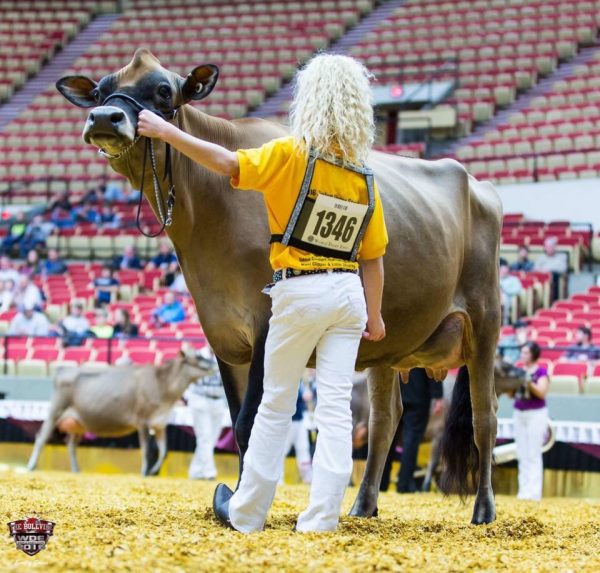


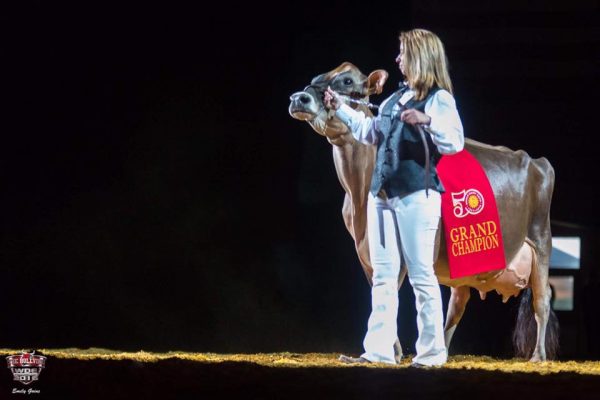



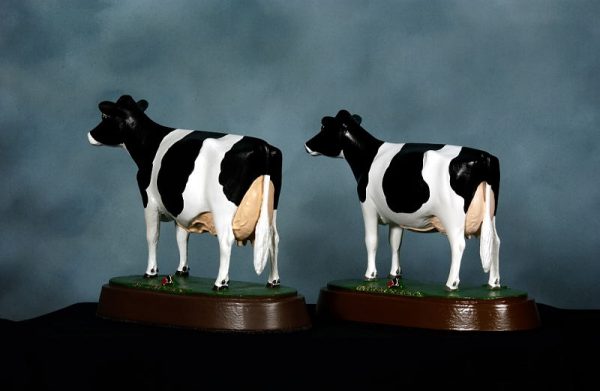

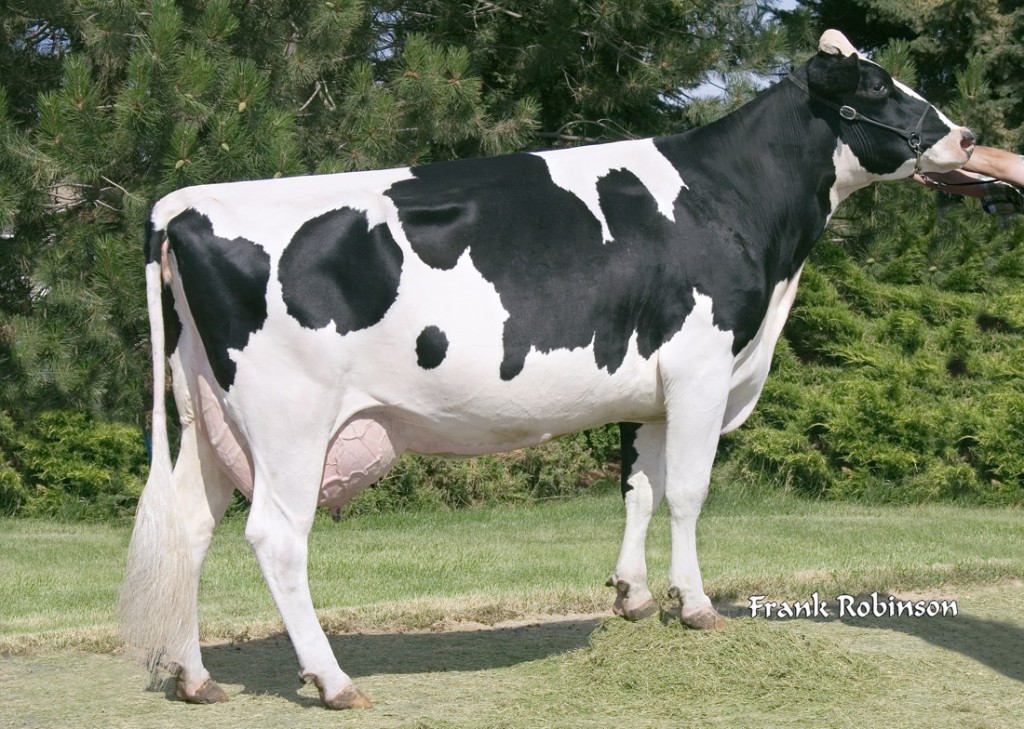



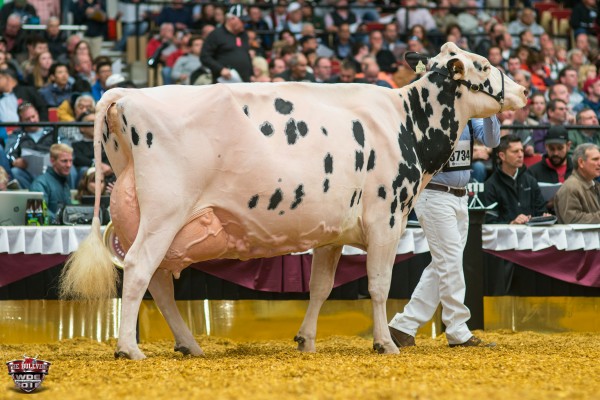
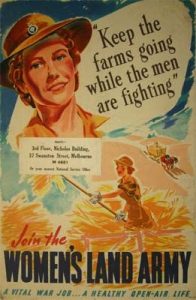 Perhaps, Europe would now be 75years into the one thousand year Third Reich. The resulting mass mobilization of US forces, industrial might, innovation and technology and one million fighting men; turned the US into the world’s first superpower. The role of US farmers and growers is often overlooked; and without a doubt, the role of women who replaced men on the farm; in fields and in the factories.
Perhaps, Europe would now be 75years into the one thousand year Third Reich. The resulting mass mobilization of US forces, industrial might, innovation and technology and one million fighting men; turned the US into the world’s first superpower. The role of US farmers and growers is often overlooked; and without a doubt, the role of women who replaced men on the farm; in fields and in the factories. Churchill knew without US involvement; Britain could not defeat Hitler – or free Europe from his tyrannical regime. From September 1939 to September 1940, US food exports had fallen to 40% below the average ten-year level of the Great Depression. Due to Land-Lease, from 1940 to 1945, US net farm incomes increased from $4.4billion to $12.36billion, and average farmer income increased from $700 per annum to $2,000, albeit only 57% of an equivalent urban income.
Churchill knew without US involvement; Britain could not defeat Hitler – or free Europe from his tyrannical regime. From September 1939 to September 1940, US food exports had fallen to 40% below the average ten-year level of the Great Depression. Due to Land-Lease, from 1940 to 1945, US net farm incomes increased from $4.4billion to $12.36billion, and average farmer income increased from $700 per annum to $2,000, albeit only 57% of an equivalent urban income.
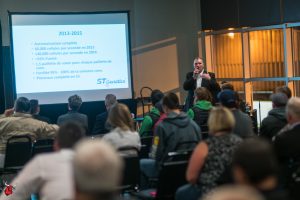 The event also included a Friday evening Cocktail and Genetics session hosted by Sexing Technologies on the development of sexed semen and the increasing advantages Sexed Ultra technology is having on dairy programs within Canada and the USA. The comprehensive session included a panel of speakers; tested by questions from moderator Andrew Hunt of The Bullvine. (Watch recording –
The event also included a Friday evening Cocktail and Genetics session hosted by Sexing Technologies on the development of sexed semen and the increasing advantages Sexed Ultra technology is having on dairy programs within Canada and the USA. The comprehensive session included a panel of speakers; tested by questions from moderator Andrew Hunt of The Bullvine. (Watch recording –  The second part of the conference was held at the Sheraton Centre in Toronto, and it is worth focusing on a presentation on protected B vitamins by Jefo I&D ruminant manager, Helene Leclerc. The research was extensive with results from the Universities of Guelph; of British Colombia, Laval University, California-Davis and Parana (Brazil) as well as, field studies in Canada, USA, and others.
The second part of the conference was held at the Sheraton Centre in Toronto, and it is worth focusing on a presentation on protected B vitamins by Jefo I&D ruminant manager, Helene Leclerc. The research was extensive with results from the Universities of Guelph; of British Colombia, Laval University, California-Davis and Parana (Brazil) as well as, field studies in Canada, USA, and others.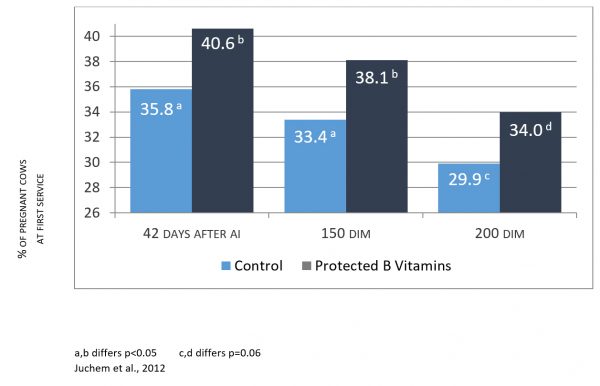
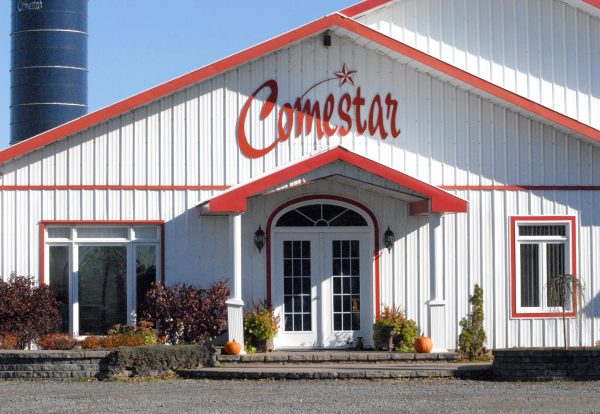
 By then Marc was involved with pedigree Holsteins and his most famous home-bred cow, Comestar Laurie Sheik VG88, transformed the Canadian Holstein breed as well as international breeding programs. Born in 1986, Laurie Sheik produced a “golden cross” onto Blackstar that produced Comestar Leader as well as, three full-sisters.
By then Marc was involved with pedigree Holsteins and his most famous home-bred cow, Comestar Laurie Sheik VG88, transformed the Canadian Holstein breed as well as international breeding programs. Born in 1986, Laurie Sheik produced a “golden cross” onto Blackstar that produced Comestar Leader as well as, three full-sisters.
 And over the intervening years, that “spark” has seen the Patenaude family re-establish Ferme Gillette as a major force within Canadian and global genetics. Today, the family milk 600 Holstein cows at three locations on three times per day milking. The herd’s current rolling average is 11,609kgs @4.2% fat and 3.28% protein.
And over the intervening years, that “spark” has seen the Patenaude family re-establish Ferme Gillette as a major force within Canadian and global genetics. Today, the family milk 600 Holstein cows at three locations on three times per day milking. The herd’s current rolling average is 11,609kgs @4.2% fat and 3.28% protein.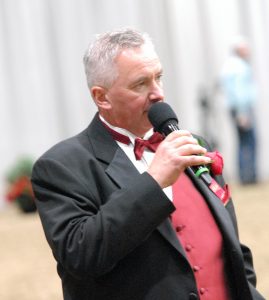 Much has been written and even more spoken about the 2016 RWF. Sometimes, but not always, its best to have a distant or even different perspective and not be involved in the controversy. Some would even say its having a subjective or an objective opinion. (Read more:
Much has been written and even more spoken about the 2016 RWF. Sometimes, but not always, its best to have a distant or even different perspective and not be involved in the controversy. Some would even say its having a subjective or an objective opinion. (Read more: 


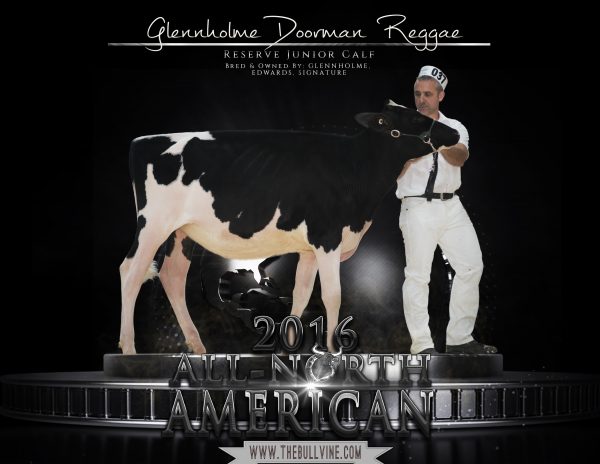



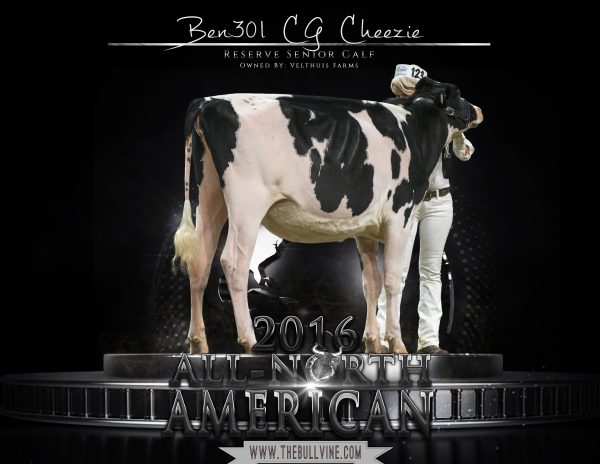
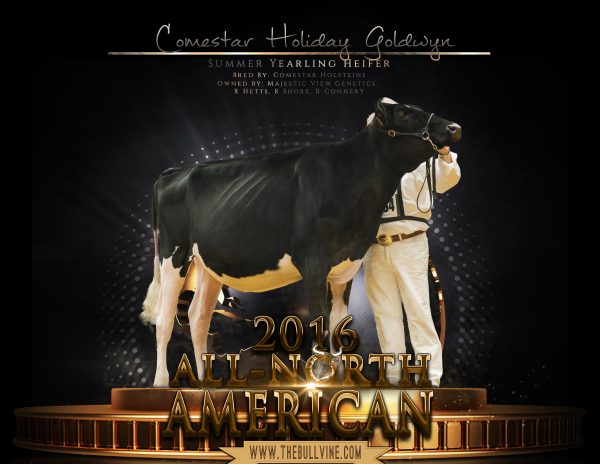






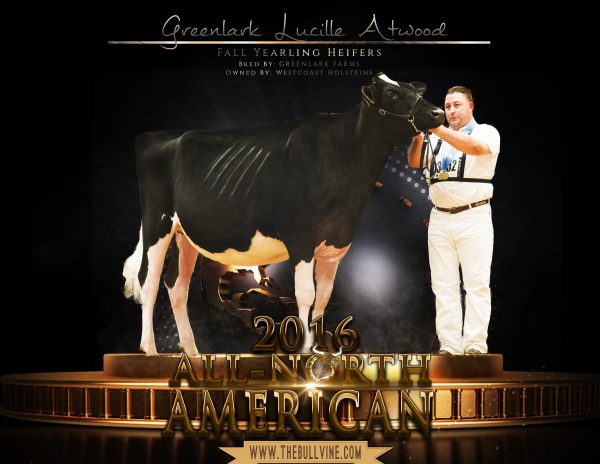
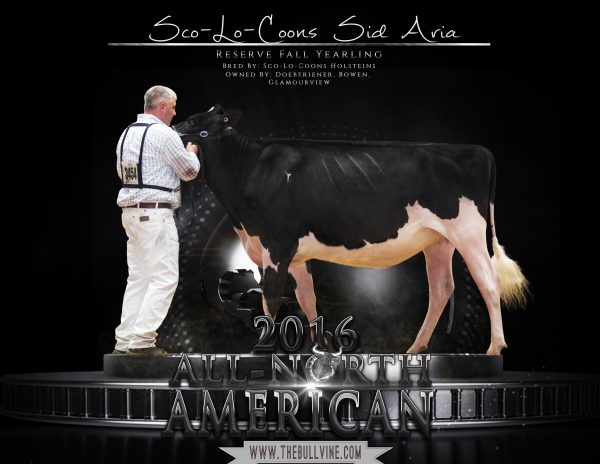




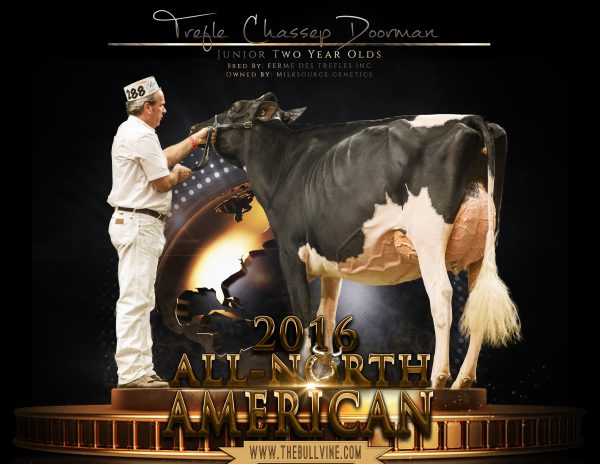



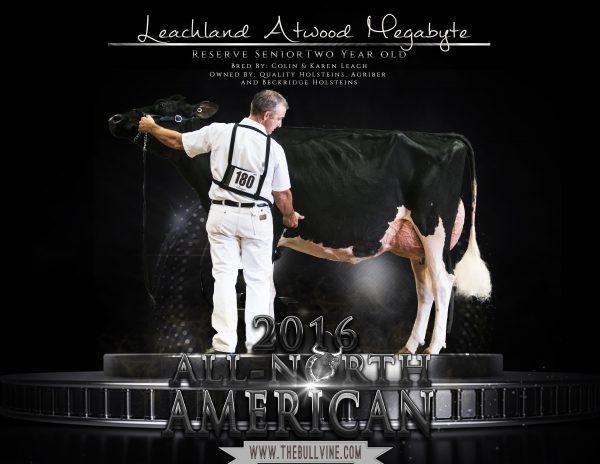
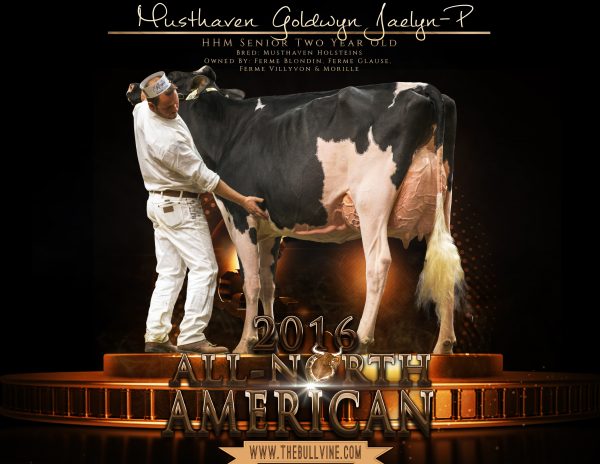

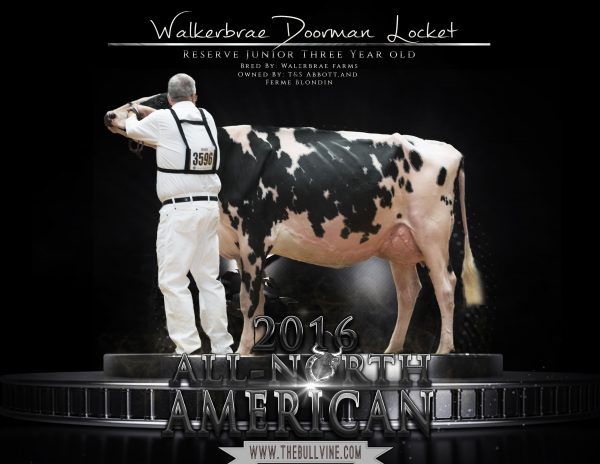
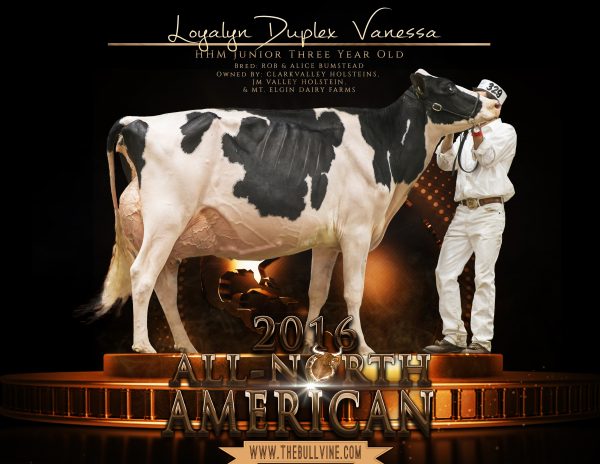
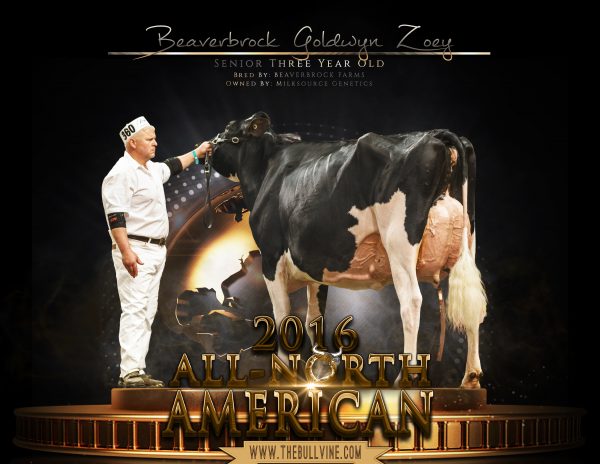

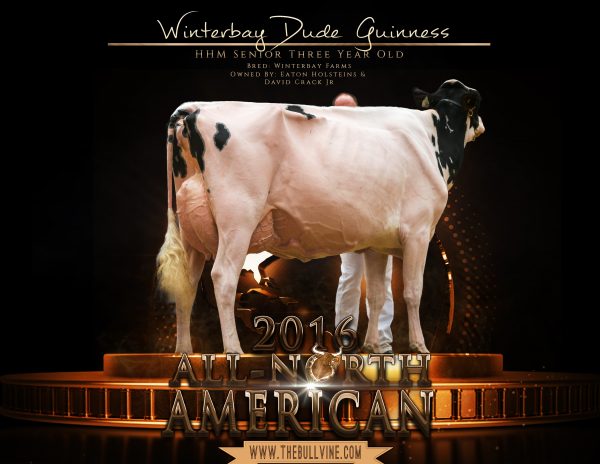
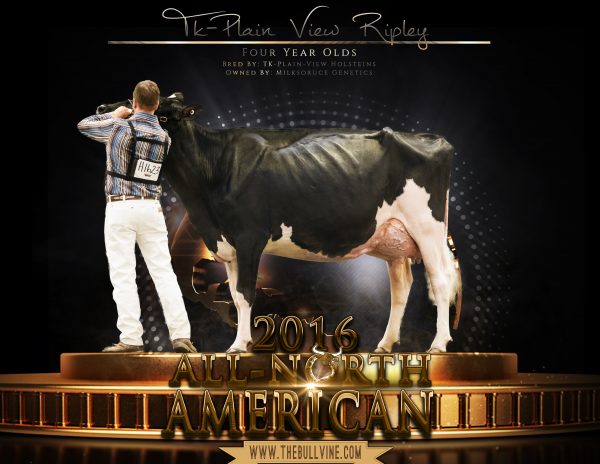
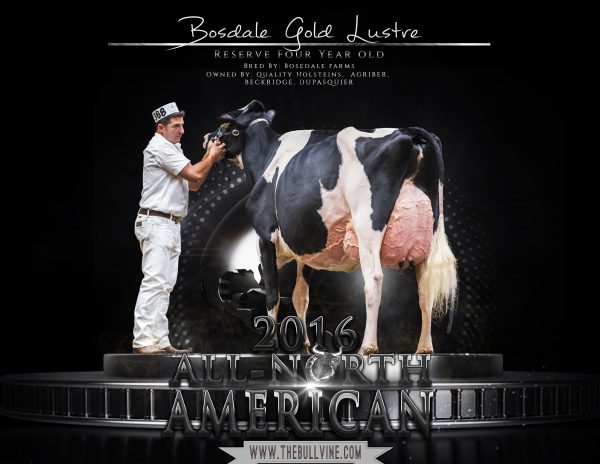
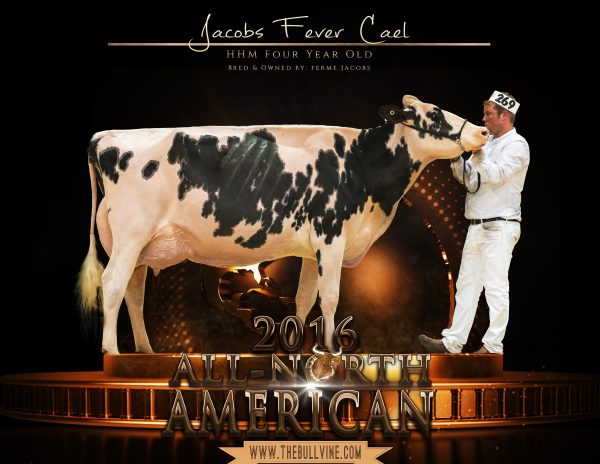
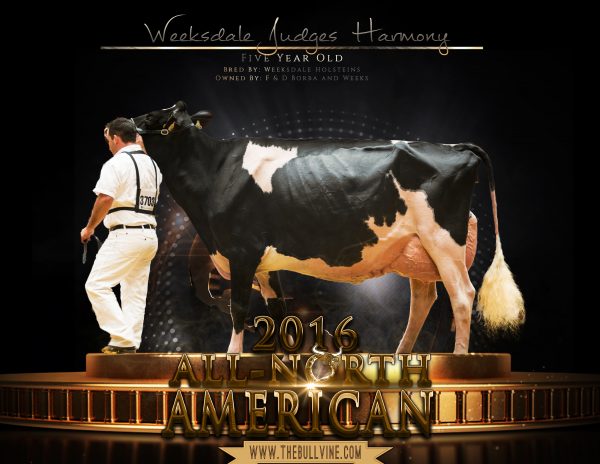




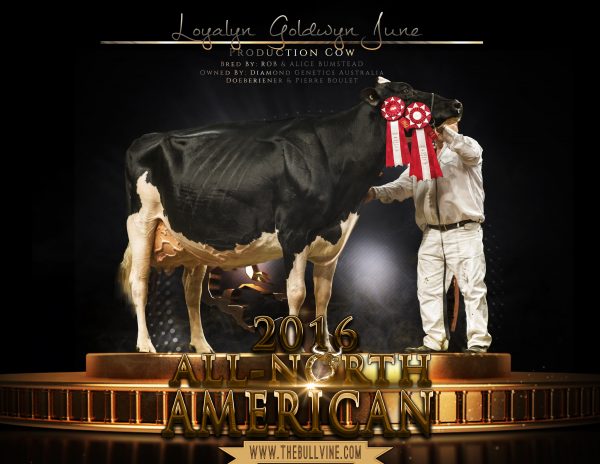




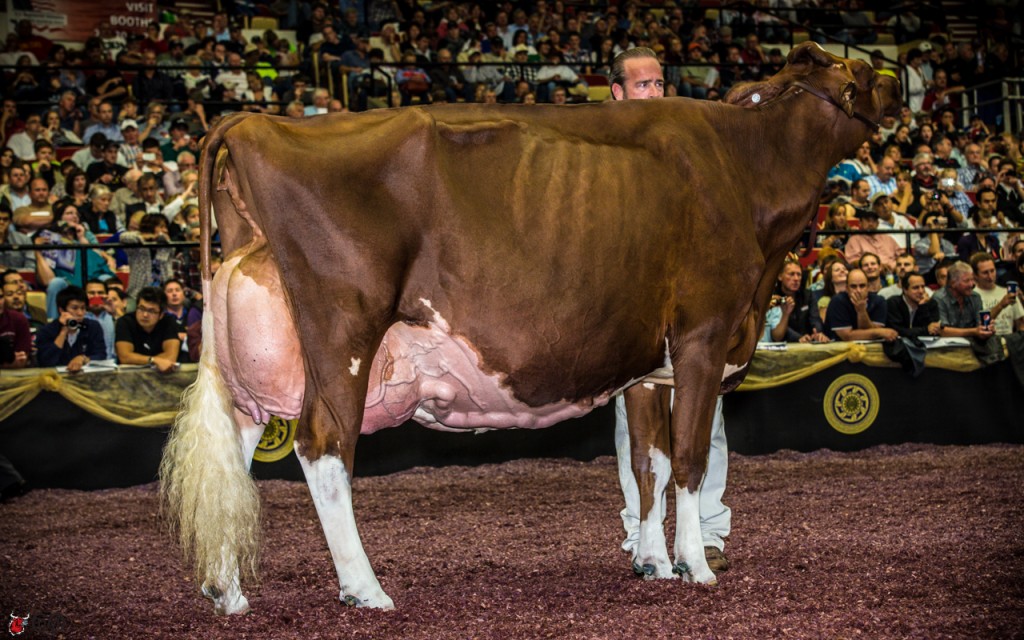

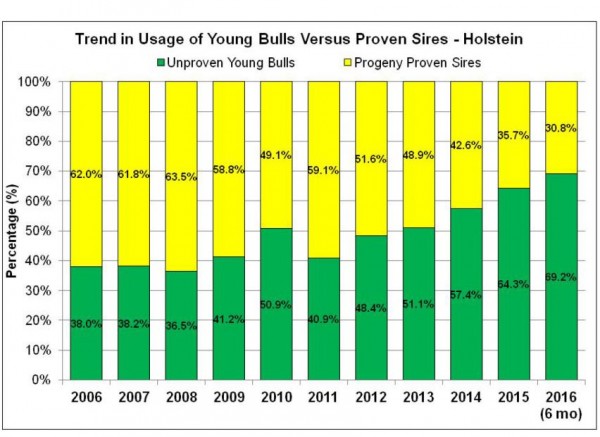


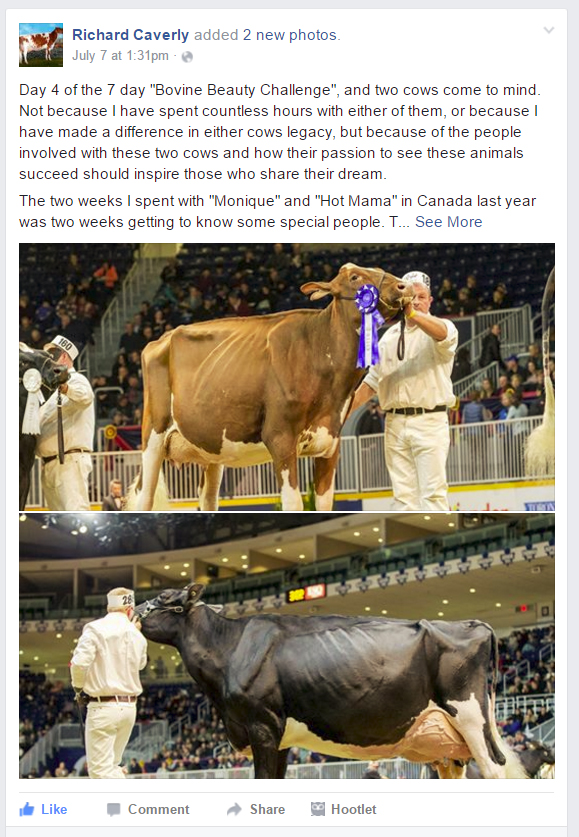
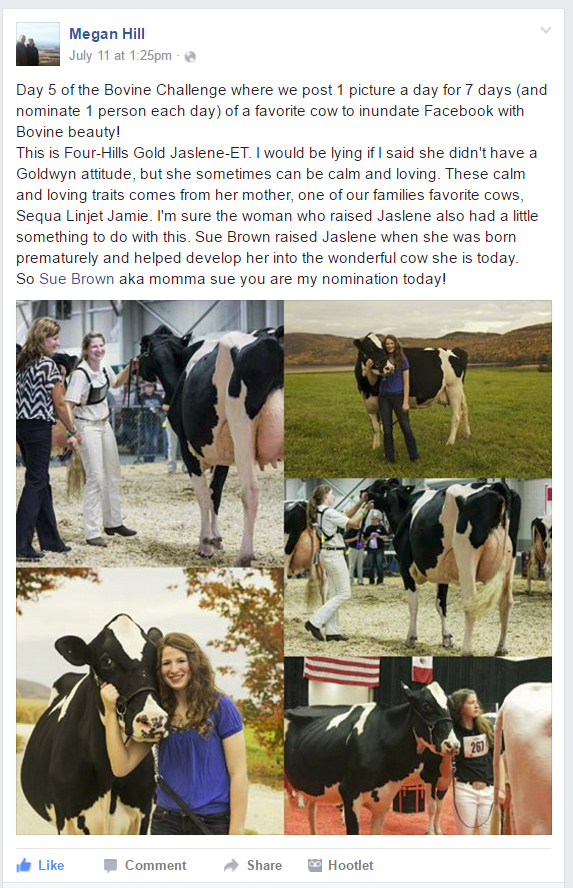



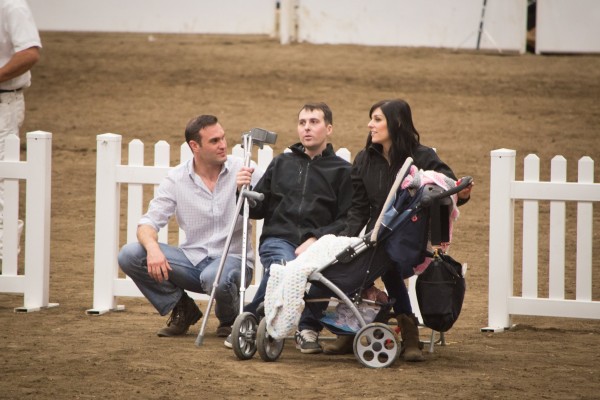

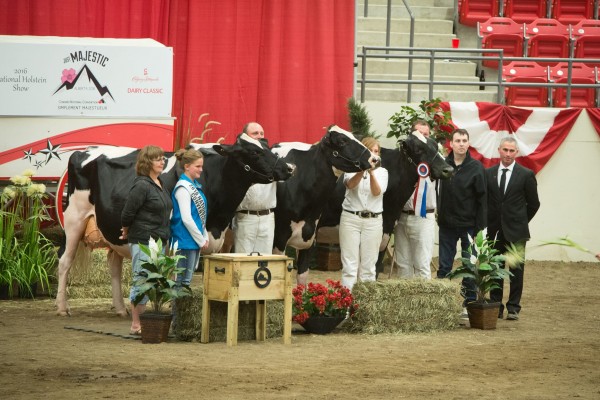
![10462709_1021928441187387_967791446083398029_n[1]](https://www.thebullvine.com/wp-content/uploads/2016/03/10462709_1021928441187387_967791446083398029_n1-225x300.jpg) It has been 662 days since Reese Burdette entered Johns Hopkins Hospital fighting for her life after being pulled from a house fire. She has spent almost two years in Johns Hopkins Children’s Hospital’s Pediatric Intensive Care Unit, recovering from the severe burns she suffered in a fire at her grandparents’ home over Memorial Day weekend in 2014. Reese and her younger sister, Brinkley, were staying with their grandparents Patricia and Mike Stiles at Waverly Farms in Clear Brook, Virginia, when the fire apparently started with an electrical cord and quickly spread in the two-story home.
It has been 662 days since Reese Burdette entered Johns Hopkins Hospital fighting for her life after being pulled from a house fire. She has spent almost two years in Johns Hopkins Children’s Hospital’s Pediatric Intensive Care Unit, recovering from the severe burns she suffered in a fire at her grandparents’ home over Memorial Day weekend in 2014. Reese and her younger sister, Brinkley, were staying with their grandparents Patricia and Mike Stiles at Waverly Farms in Clear Brook, Virginia, when the fire apparently started with an electrical cord and quickly spread in the two-story home.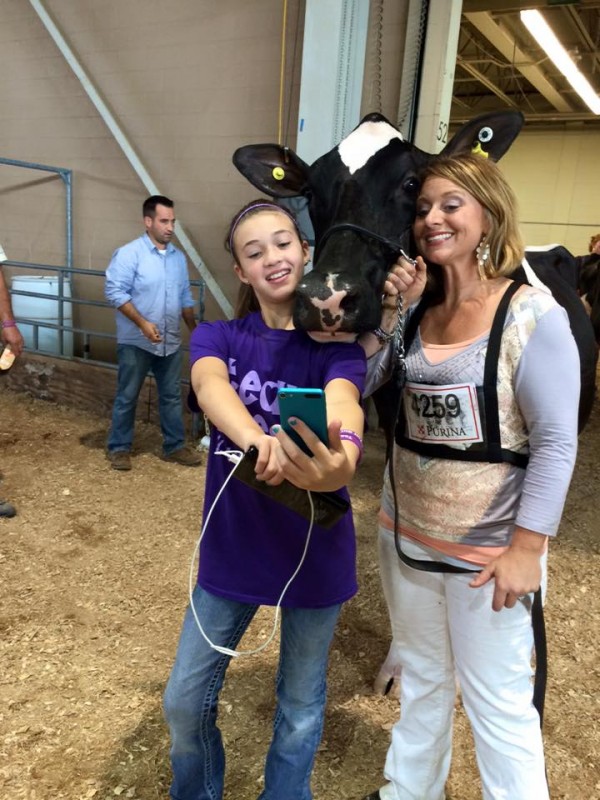 “I want to go to the farm to see my cow,” Reese said Wednesday. We were all touched when, earlier this year, the family brought Pantene on a surprise visit to see Reese at the hospital. You could not help but shed a tear when Pantene was named Reserve Grand at Pennsylvania’s State Holstein Show, and Reese was able to see it all. Through the advances of mobile internet, she was able to watch the whole show through FaceTime. (Read more:
“I want to go to the farm to see my cow,” Reese said Wednesday. We were all touched when, earlier this year, the family brought Pantene on a surprise visit to see Reese at the hospital. You could not help but shed a tear when Pantene was named Reserve Grand at Pennsylvania’s State Holstein Show, and Reese was able to see it all. Through the advances of mobile internet, she was able to watch the whole show through FaceTime. (Read more: 

 “Never give up on hope. I could tell you stories all day long where God has shown himself,” Claire Burdette said. (Read more:
“Never give up on hope. I could tell you stories all day long where God has shown himself,” Claire Burdette said. (Read more: 


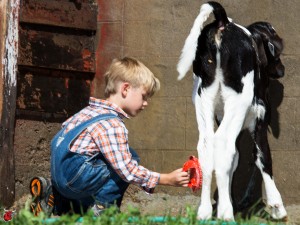
 Not to Be Confused with Indifference
Not to Be Confused with Indifference
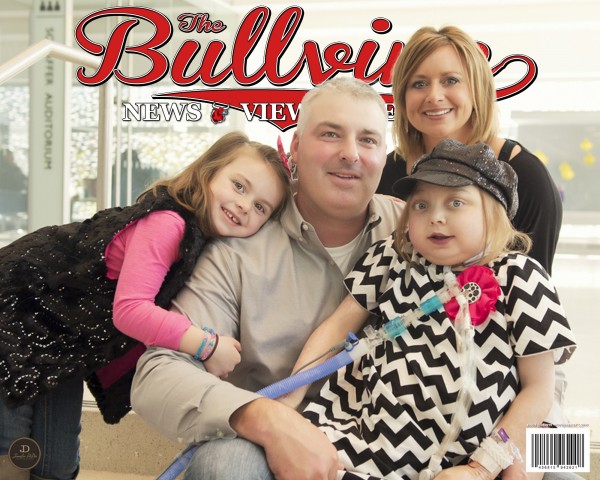

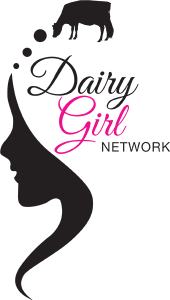

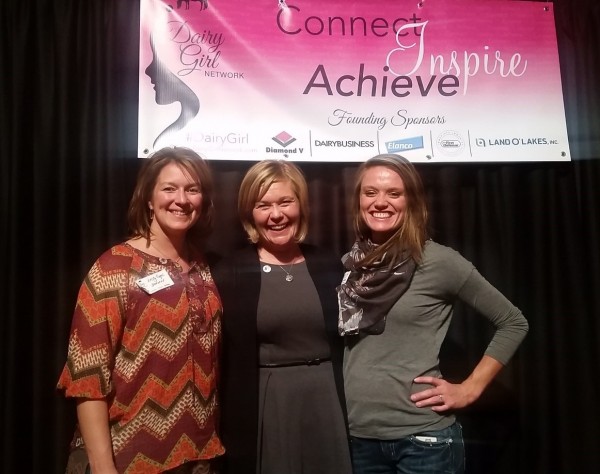
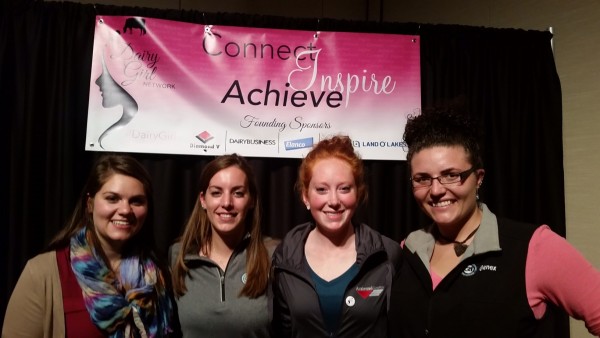
![11800360_10155768384565018_2878499872114877138_n[1]](https://www.thebullvine.com/wp-content/uploads/2015/09/11800360_10155768384565018_2878499872114877138_n1-600x400.jpg)
 To get an understanding of why I feel that I have failed my father and grandfather, you first need to understand why there is Huntsdale Farms exists in the first place. You see my grandfather was not a livestock farmer. His passion was never the cows. It was the passion of his young son who loved visiting his grandfather’s mixed breed herd that led my grandfather to purchase his in-law’s farm and start a new career as a dairy farmer. My father would visit his grandparent’s dairy farm so often s that he ended up spending more time there than he did on their own market garden operation. Upon moving to the farm, they transitioned to Holsteins and Huntsdale Holstein was started. While in University, and later when dad graduated, it was always dad who had the passion for the dairy cows and my grandfather for the crops. At university his Masters thesis was entitled, “A.I. Breeding Schemes”. It included “The Dollar Difference Guide”, which was the precursor to the Canadian LPI system. Dad’s Masters was implemented by Canadian A.I. organizations that went from sampling less than 50 bulls per year to over 400.
To get an understanding of why I feel that I have failed my father and grandfather, you first need to understand why there is Huntsdale Farms exists in the first place. You see my grandfather was not a livestock farmer. His passion was never the cows. It was the passion of his young son who loved visiting his grandfather’s mixed breed herd that led my grandfather to purchase his in-law’s farm and start a new career as a dairy farmer. My father would visit his grandparent’s dairy farm so often s that he ended up spending more time there than he did on their own market garden operation. Upon moving to the farm, they transitioned to Holsteins and Huntsdale Holstein was started. While in University, and later when dad graduated, it was always dad who had the passion for the dairy cows and my grandfather for the crops. At university his Masters thesis was entitled, “A.I. Breeding Schemes”. It included “The Dollar Difference Guide”, which was the precursor to the Canadian LPI system. Dad’s Masters was implemented by Canadian A.I. organizations that went from sampling less than 50 bulls per year to over 400. My brother, who was about to start university, had big plans for building on the base that was provided by Huntsdale. He started with 10+ animals that were purchased during the sale. But once again plans changed. Upon graduating from University, Paul was offered the incredible opportunity to work with Dr. David Chalack and Doug Blair at Alta Genetics. An opportunity he could not refuse. Twenty years later, Paul is still with Alta Genetics serving as their Chief Operating Officer with key focus on projects in Russia and the Peak female program, very similar to the work that was my father’s Masters work. He certainly continues Murray’s Dairy Industry Legacy. My sister and I like to call him Murray and Karen’s “Golden Boy” who can walk on water. Perhaps that frozen water will melt someday….
My brother, who was about to start university, had big plans for building on the base that was provided by Huntsdale. He started with 10+ animals that were purchased during the sale. But once again plans changed. Upon graduating from University, Paul was offered the incredible opportunity to work with Dr. David Chalack and Doug Blair at Alta Genetics. An opportunity he could not refuse. Twenty years later, Paul is still with Alta Genetics serving as their Chief Operating Officer with key focus on projects in Russia and the Peak female program, very similar to the work that was my father’s Masters work. He certainly continues Murray’s Dairy Industry Legacy. My sister and I like to call him Murray and Karen’s “Golden Boy” who can walk on water. Perhaps that frozen water will melt someday….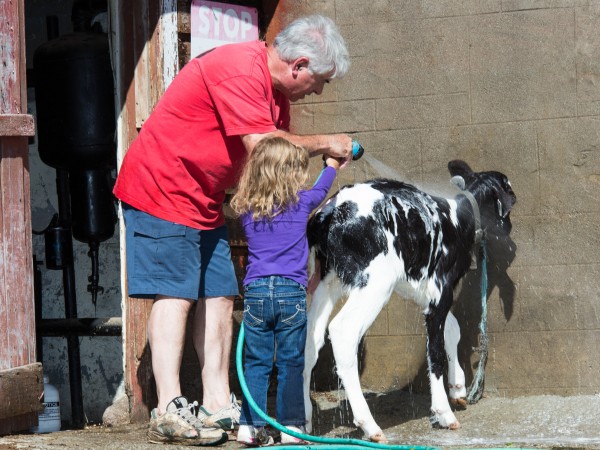
 Anytime you have intense competition, there are going to be those who want to push the limits. Add to that the financial considerations and the pressure to perform increases that much more. When you’re dealing with the potential to make six figures, and you’re dealing with that much pride and competition, some exhibitors will step out a little too far. I think the ones that do step over this line are forgetting that even if they don’t get caught and make the headlines, or even if they don’t have children of their own, they are affecting others. There are young people watching them and those who are raising children. You want to teach them the right values and you want to make sure they do things the right way. Most may never end up in the dairy industry, let alone showing cattle, but the values you are teaching them at this young age, are they values they will have for the rest of their lives. We need to remember why we all love this industry and show cows in the first place. (Read more “
Anytime you have intense competition, there are going to be those who want to push the limits. Add to that the financial considerations and the pressure to perform increases that much more. When you’re dealing with the potential to make six figures, and you’re dealing with that much pride and competition, some exhibitors will step out a little too far. I think the ones that do step over this line are forgetting that even if they don’t get caught and make the headlines, or even if they don’t have children of their own, they are affecting others. There are young people watching them and those who are raising children. You want to teach them the right values and you want to make sure they do things the right way. Most may never end up in the dairy industry, let alone showing cattle, but the values you are teaching them at this young age, are they values they will have for the rest of their lives. We need to remember why we all love this industry and show cows in the first place. (Read more “



